What Microscope To Buy ?
The type of microscope to buy depends on the intended use. For general purposes, a compound microscope with a magnification of 400x-1000x is suitable. For more specialized applications, such as examining living cells or microorganisms, a phase contrast or fluorescence microscope may be necessary. It is also important to consider the quality of the optics, the durability of the microscope, and the availability of replacement parts. Some popular brands of microscopes include Olympus, Nikon, and Zeiss.
1、 Compound Microscopes
What microscope to buy? If you are looking for a microscope that can provide high magnification and resolution, then a compound microscope is the way to go. Compound microscopes use two or more lenses to magnify the specimen, allowing you to see details that are not visible to the naked eye. They are commonly used in biology, medicine, and research.
When choosing a compound microscope, there are several factors to consider. First, you need to decide on the magnification level you require. Compound microscopes typically have a magnification range of 40x to 1000x, with some models going up to 2000x. The higher the magnification, the more detail you can see, but also the more expensive the microscope.
Another important factor to consider is the quality of the optics. Look for a microscope with high-quality lenses that provide clear and sharp images. The type of lighting used is also important, with LED lighting being the most common and energy-efficient option.
Finally, consider the brand and customer support. Choose a reputable brand with good customer reviews and a warranty that covers any defects or malfunctions.
In summary, when deciding what microscope to buy, a compound microscope is a great choice for high magnification and resolution. Consider the magnification level, quality of optics, lighting, and brand reputation when making your purchase.
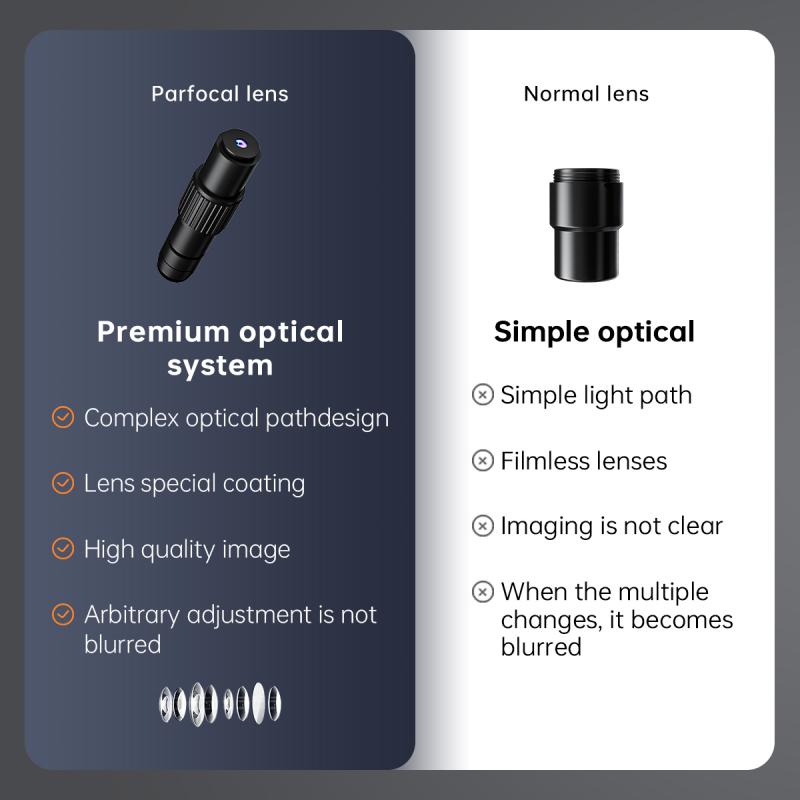
2、 Stereo Microscopes
What microscope to buy? If you are looking for a microscope that can provide a three-dimensional view of your samples, then a stereo microscope is the way to go. Stereo microscopes, also known as dissecting microscopes, are designed to provide a low magnification view of your samples with a large working distance, making them ideal for examining larger specimens such as rocks, insects, and plants.
When it comes to buying a stereo microscope, there are a few things to consider. Firstly, you need to decide on the magnification range you require. Stereo microscopes typically have a magnification range of between 5x and 80x, so you need to choose a model that suits your needs. Secondly, you need to consider the quality of the optics. Look for a microscope with high-quality lenses that provide clear and sharp images.
Another important factor to consider is the build quality of the microscope. A well-built microscope will last longer and provide more reliable results. Look for a microscope with a sturdy metal frame and high-quality components.
Finally, consider the brand and reputation of the manufacturer. Some of the top brands in the stereo microscope market include Olympus, Leica, and Zeiss. These brands are known for producing high-quality microscopes that provide excellent results.
In conclusion, if you are looking for a microscope that can provide a three-dimensional view of your samples, then a stereo microscope is the way to go. When buying a stereo microscope, consider the magnification range, quality of the optics, build quality, and brand reputation.

3、 Digital Microscopes
What microscope to buy? Digital microscopes are becoming increasingly popular due to their ease of use and ability to capture high-quality images and videos. They are also more affordable than traditional optical microscopes and offer a range of features such as digital zoom, image and video capture, and measurement tools.
When considering which digital microscope to buy, it is important to consider your specific needs and applications. If you require high magnification and resolution for scientific research or medical applications, a high-end digital microscope with advanced features such as fluorescence imaging may be necessary. However, for general use in education or hobbyist settings, a more affordable option with basic features may suffice.
Some of the latest advancements in digital microscopes include the integration of artificial intelligence (AI) and machine learning algorithms. These technologies can help automate image analysis and improve accuracy and efficiency in research and medical diagnosis.
Overall, digital microscopes offer a convenient and cost-effective solution for a range of applications. When deciding which microscope to buy, consider your specific needs and budget, and research the latest advancements in digital microscopy technology.
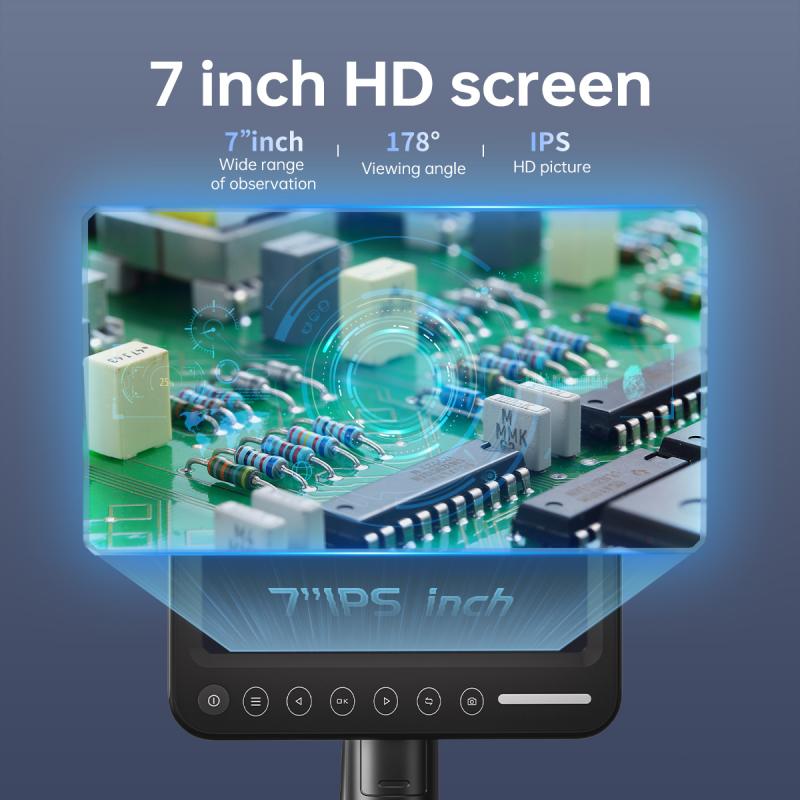
4、 Polarizing Microscopes
What microscope to buy? If you are interested in studying the optical properties of materials, then a polarizing microscope is the right choice for you. Polarizing microscopes are used to observe the birefringence, polarization, and optical properties of materials such as minerals, crystals, and polymers.
When it comes to buying a polarizing microscope, there are a few things to consider. Firstly, you need to decide on the type of polarizing microscope you want. There are two types of polarizing microscopes: transmitted light and reflected light. Transmitted light polarizing microscopes are used to observe thin sections of materials, while reflected light polarizing microscopes are used to observe opaque materials.
Another important factor to consider is the quality of the optics. The quality of the optics will determine the clarity and resolution of the images you observe. Look for a microscope with high-quality lenses and a good light source.
Lastly, consider the brand and price of the microscope. There are many reputable brands that offer high-quality polarizing microscopes, such as Nikon, Olympus, and Leica. However, these microscopes can be quite expensive. If you are on a budget, there are also many affordable options available from lesser-known brands.
In conclusion, if you are interested in studying the optical properties of materials, a polarizing microscope is a great investment. Consider the type of microscope, quality of optics, and brand and price when making your purchase.





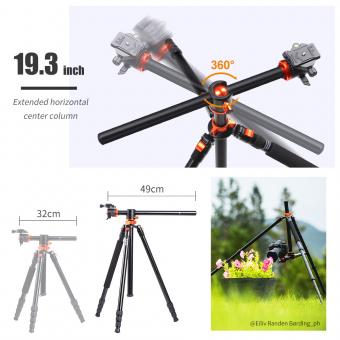





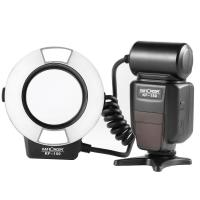
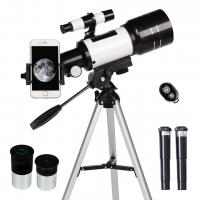
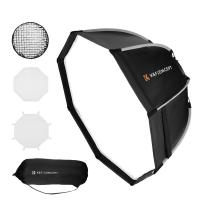



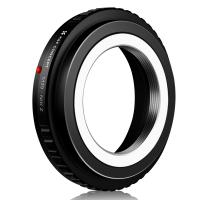


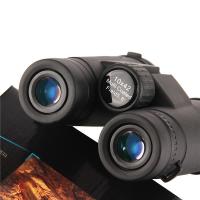


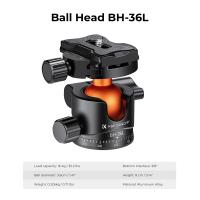

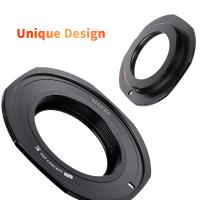




There are no comments for this blog.